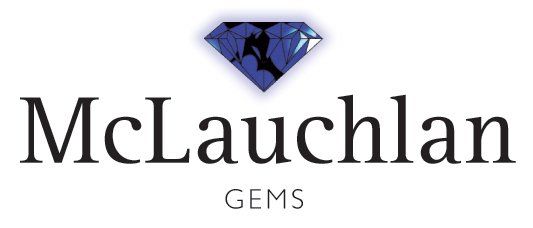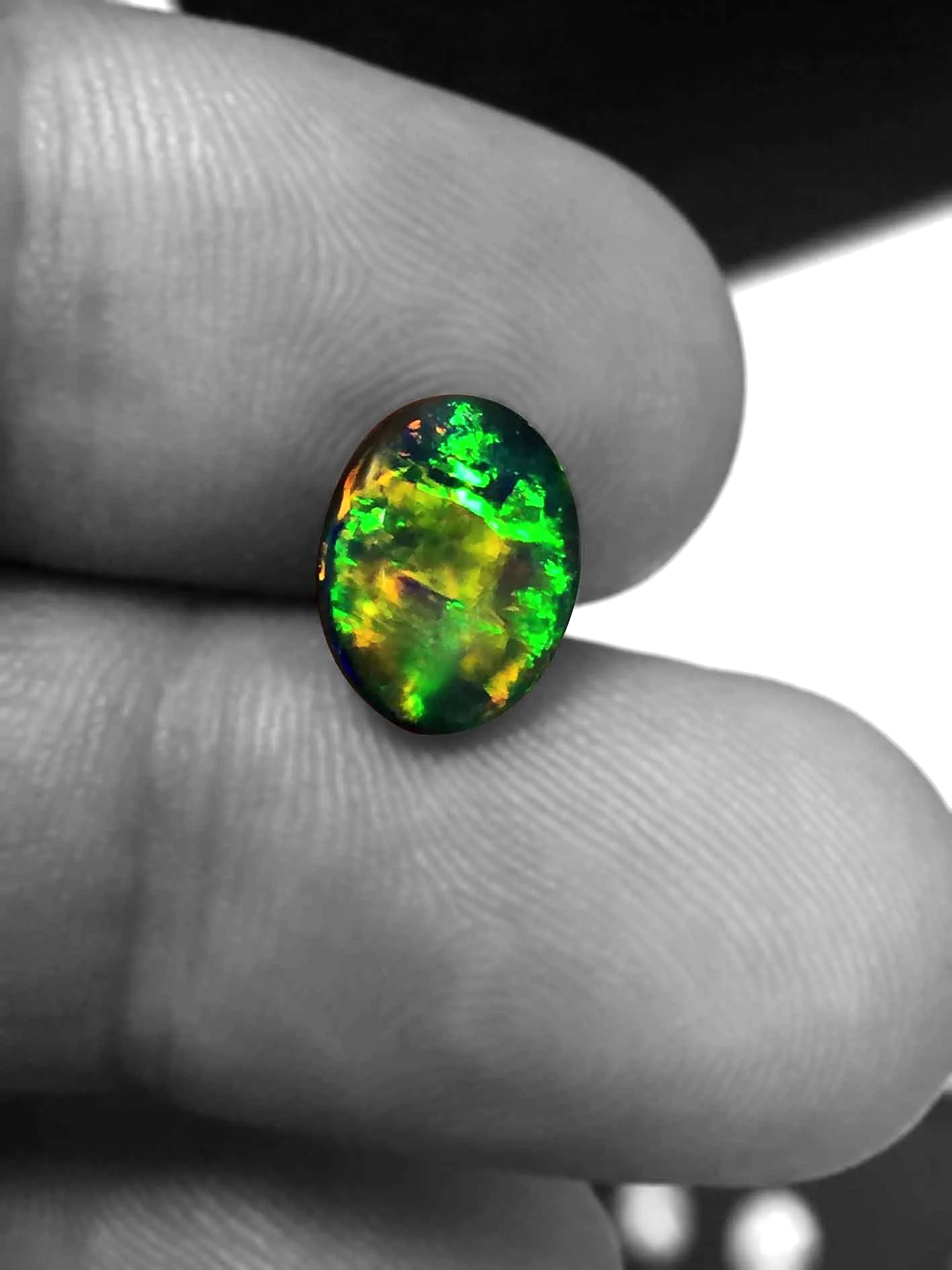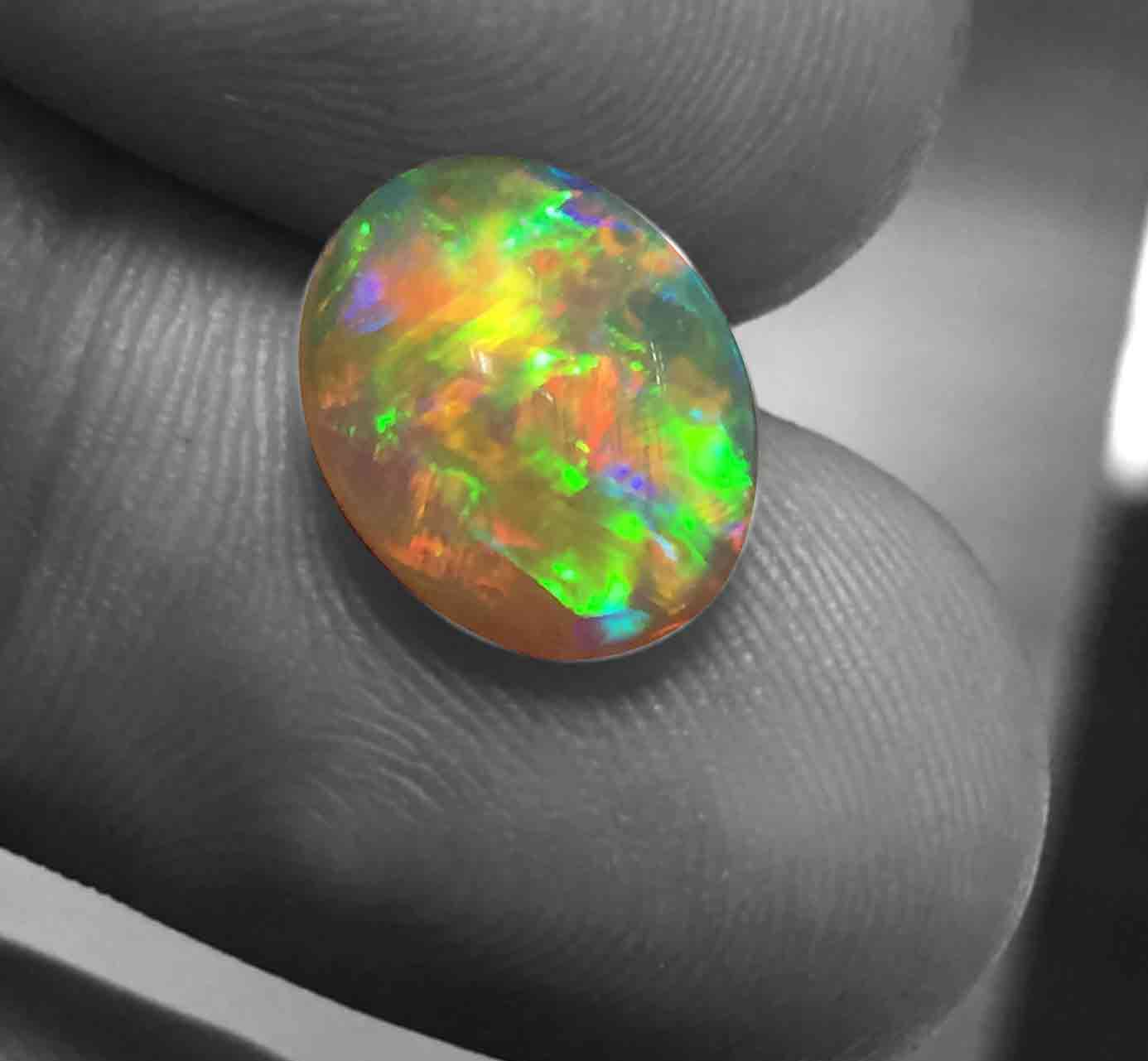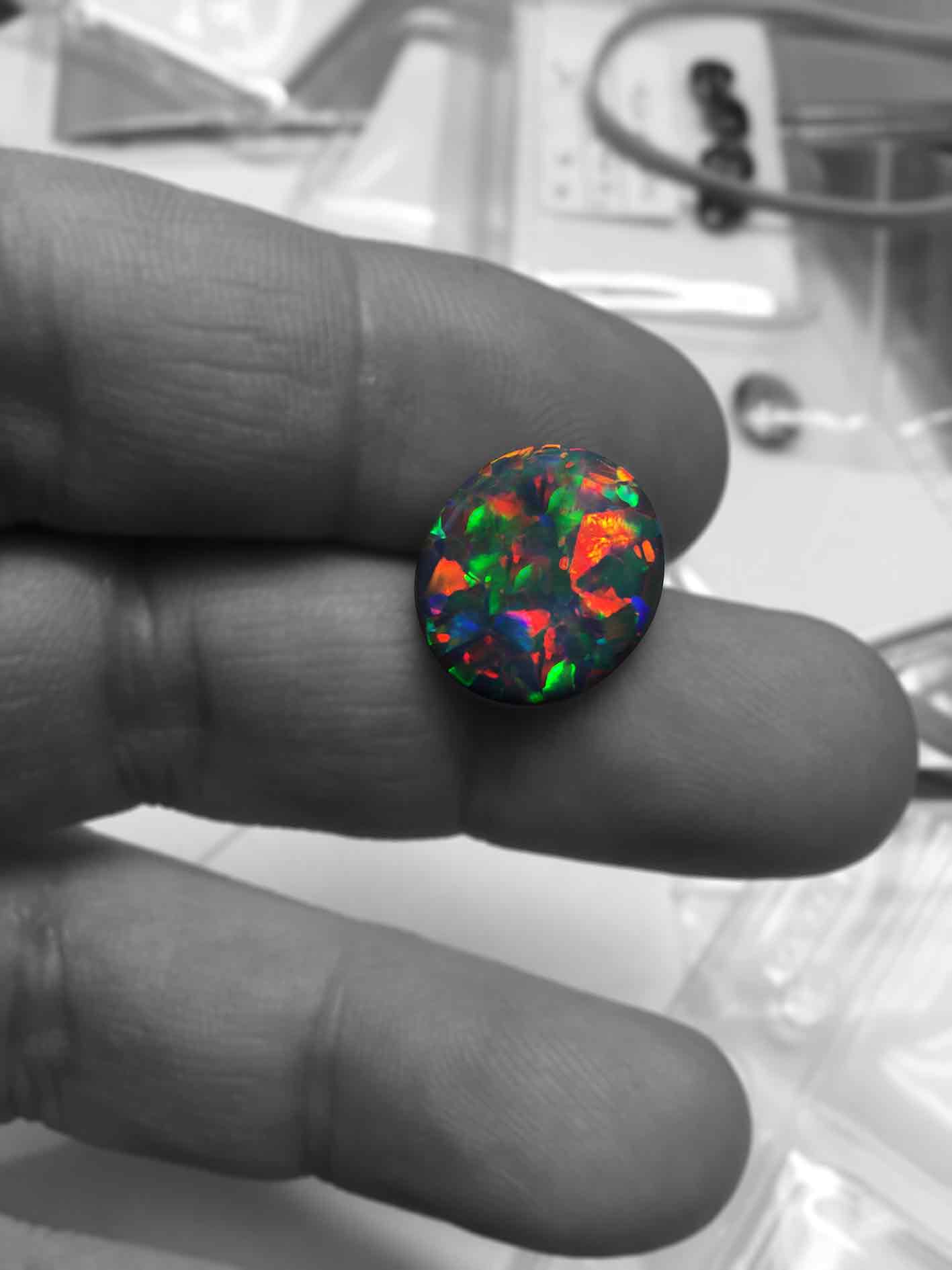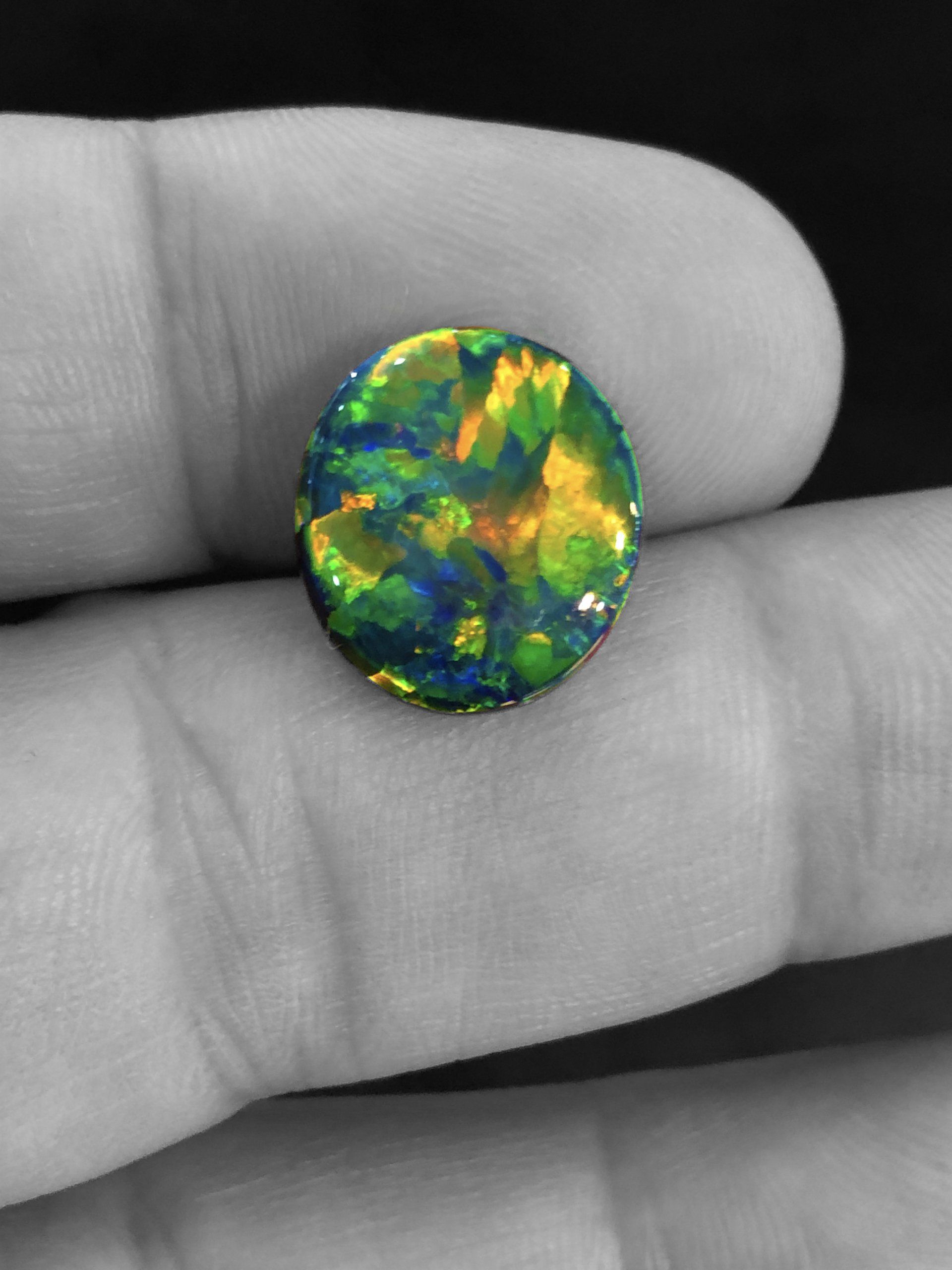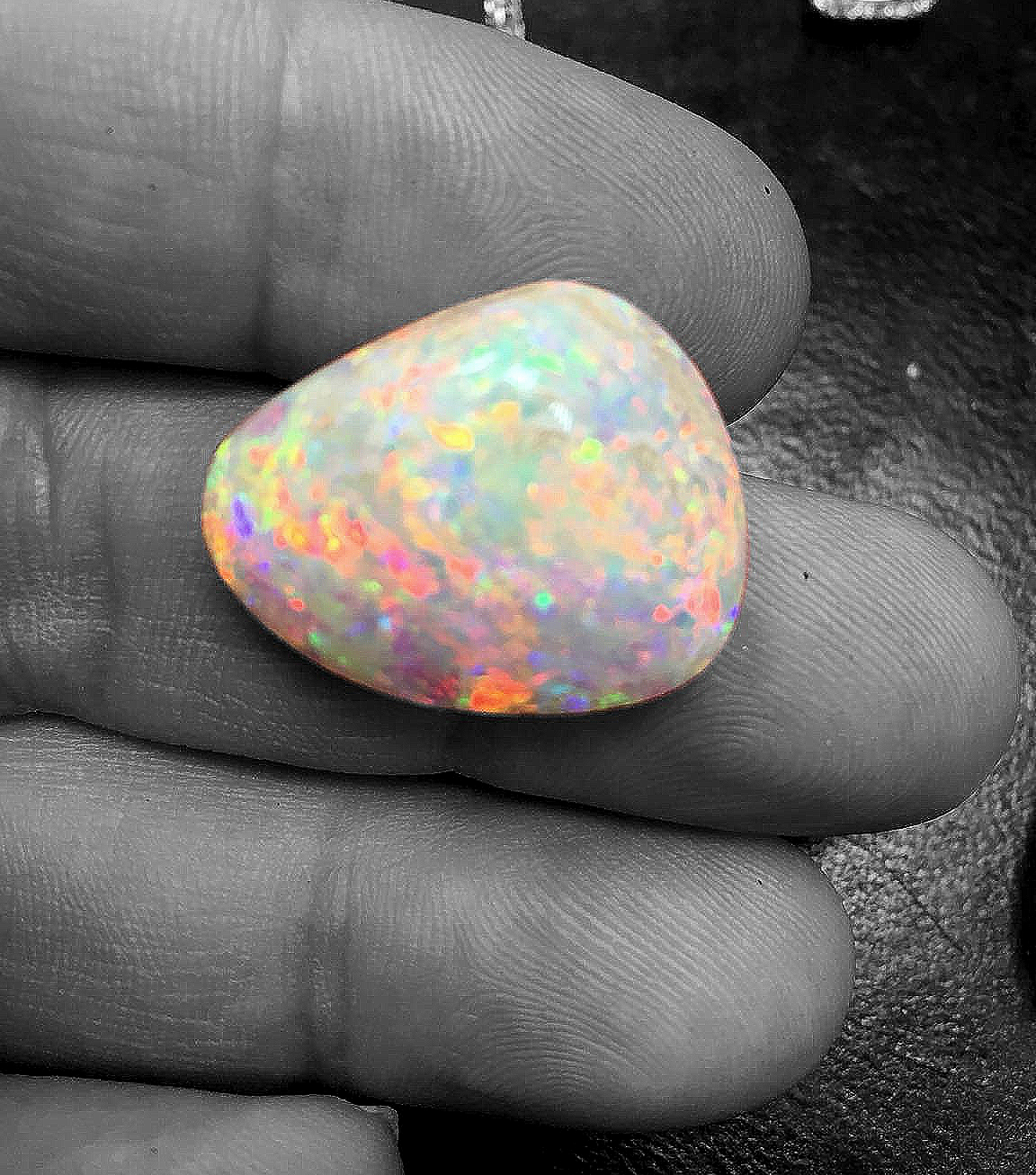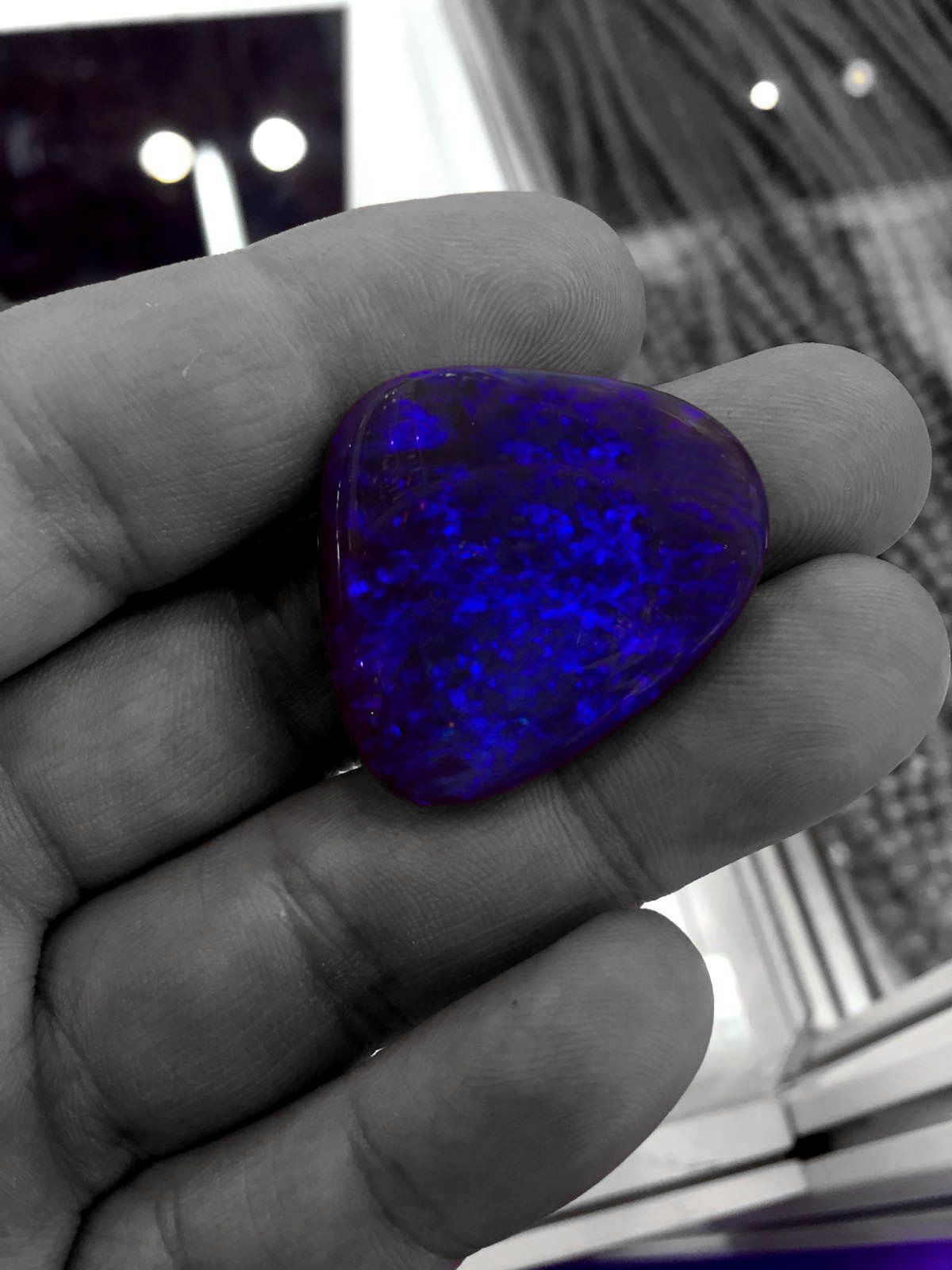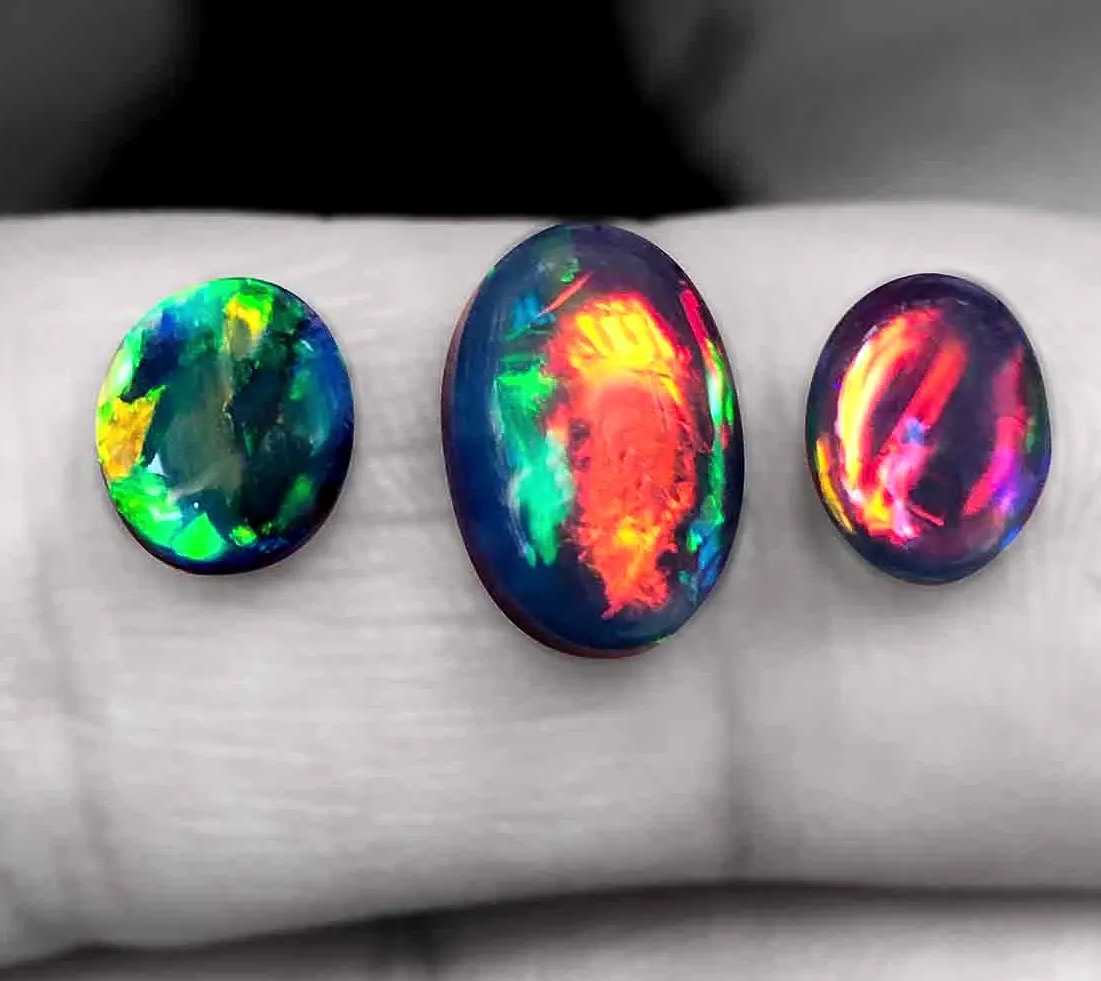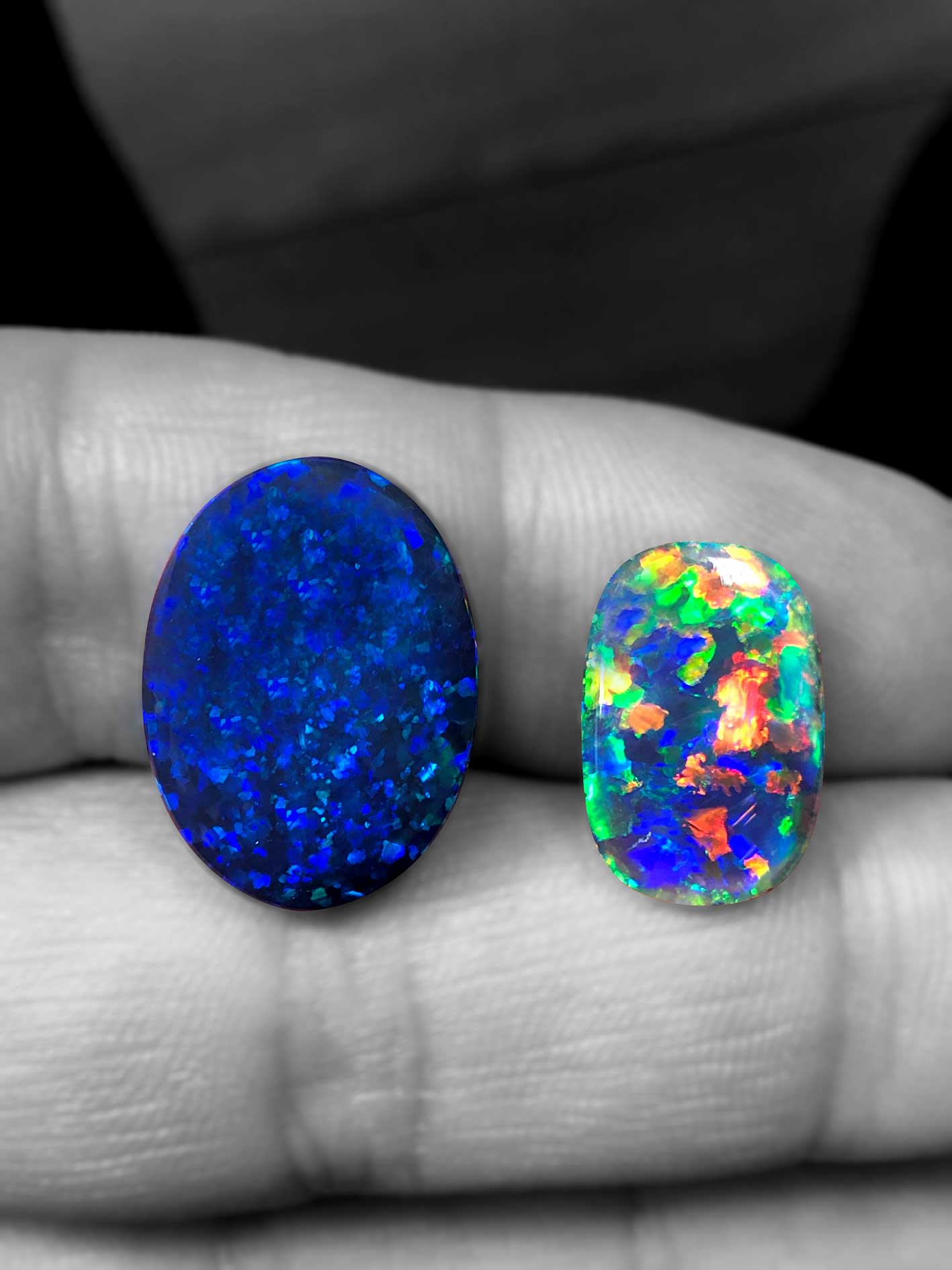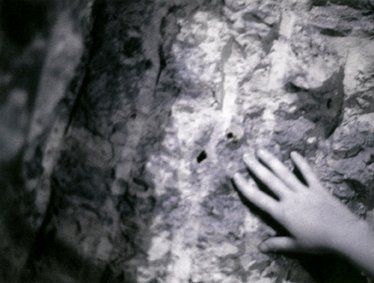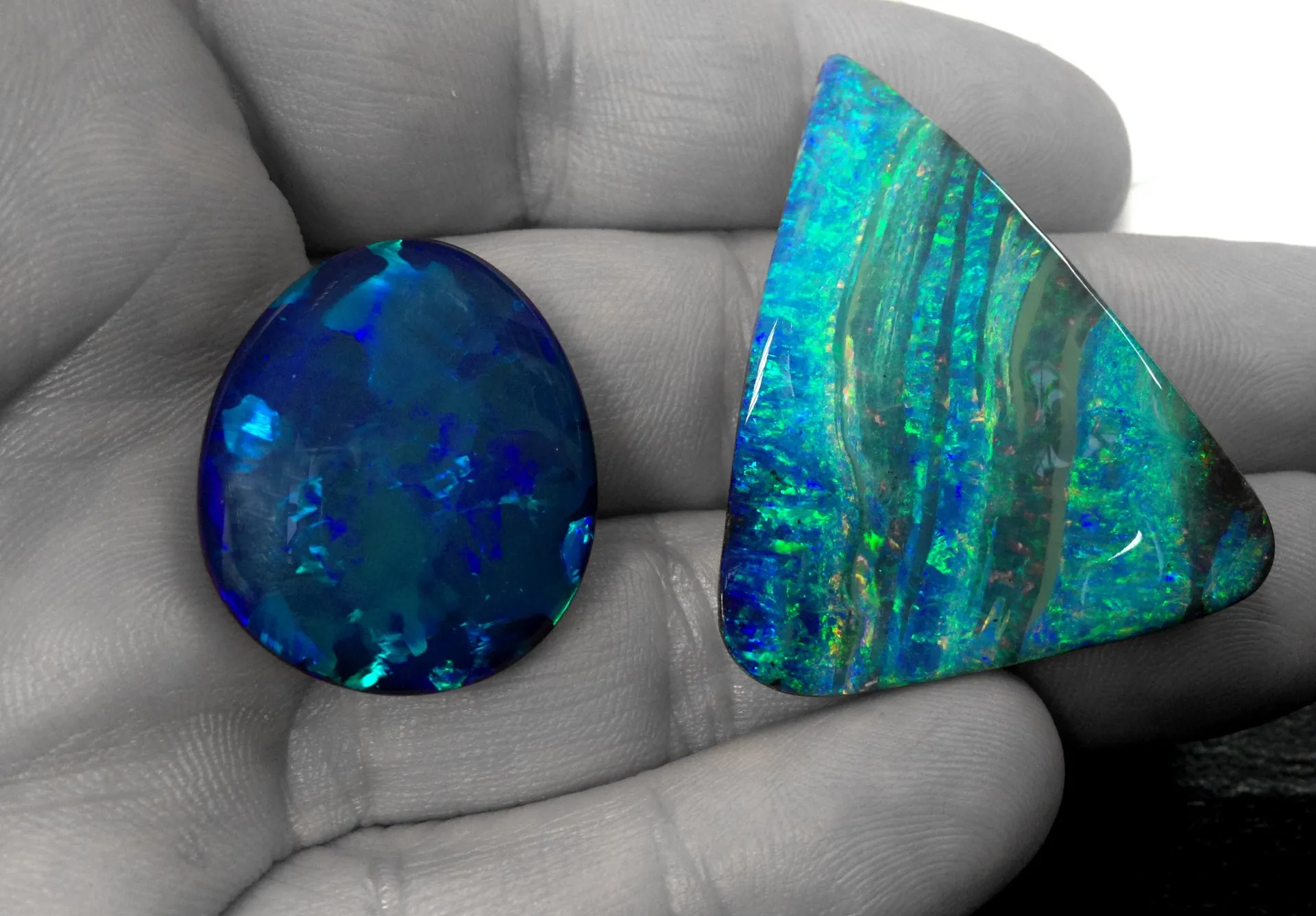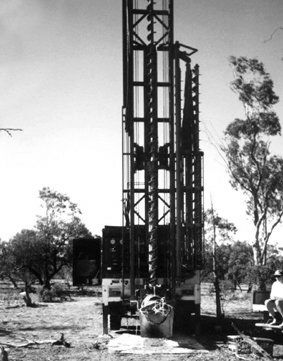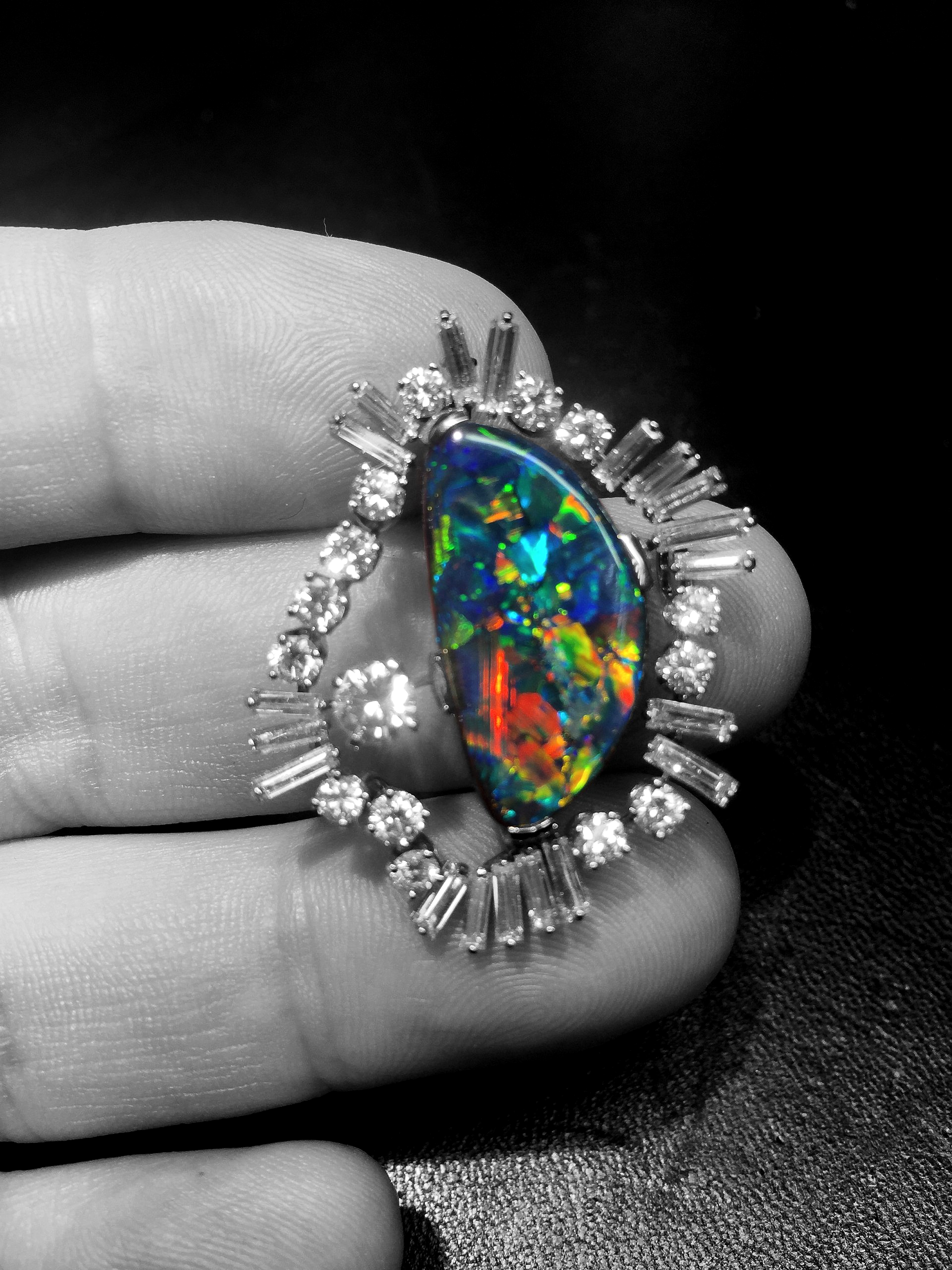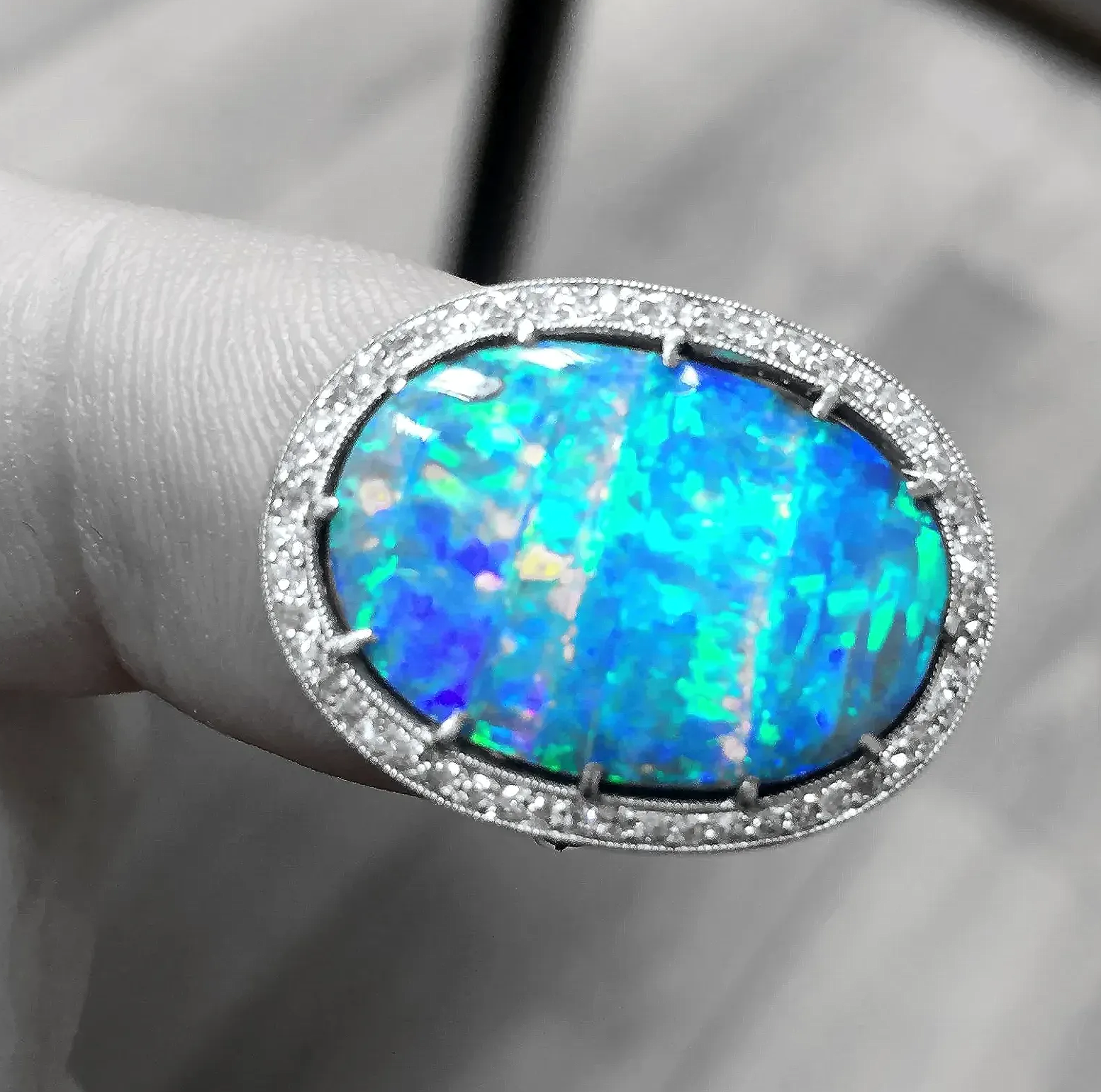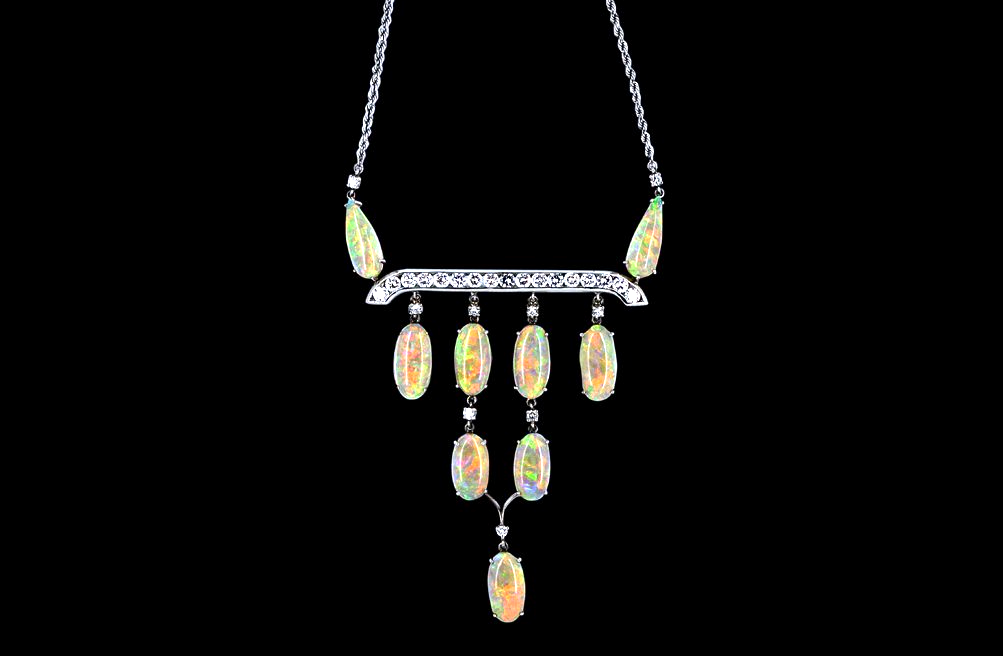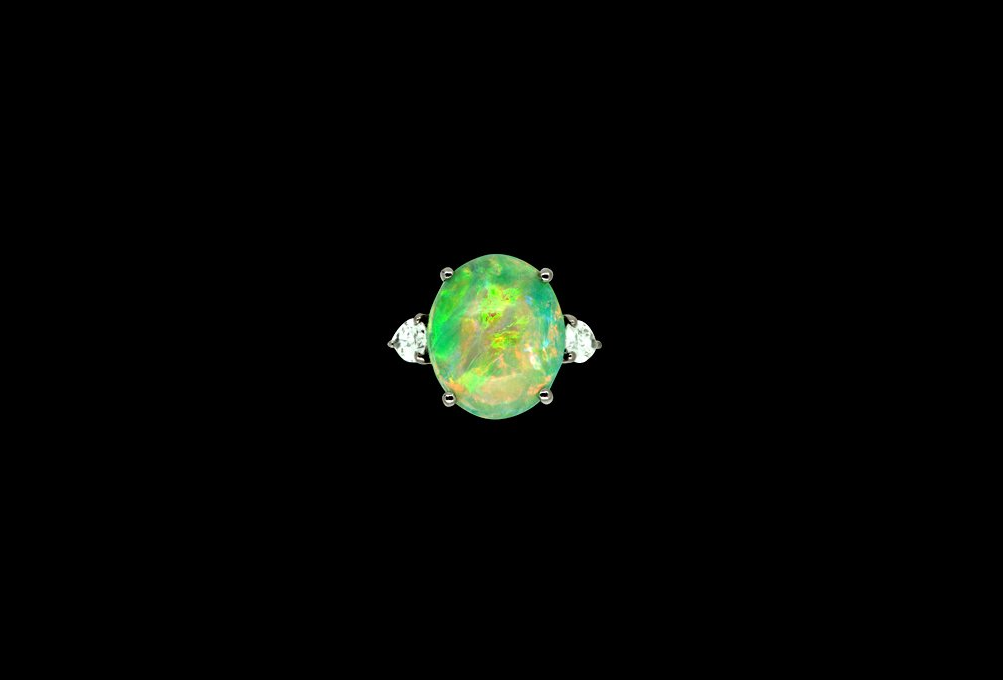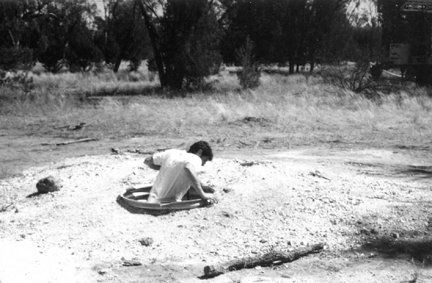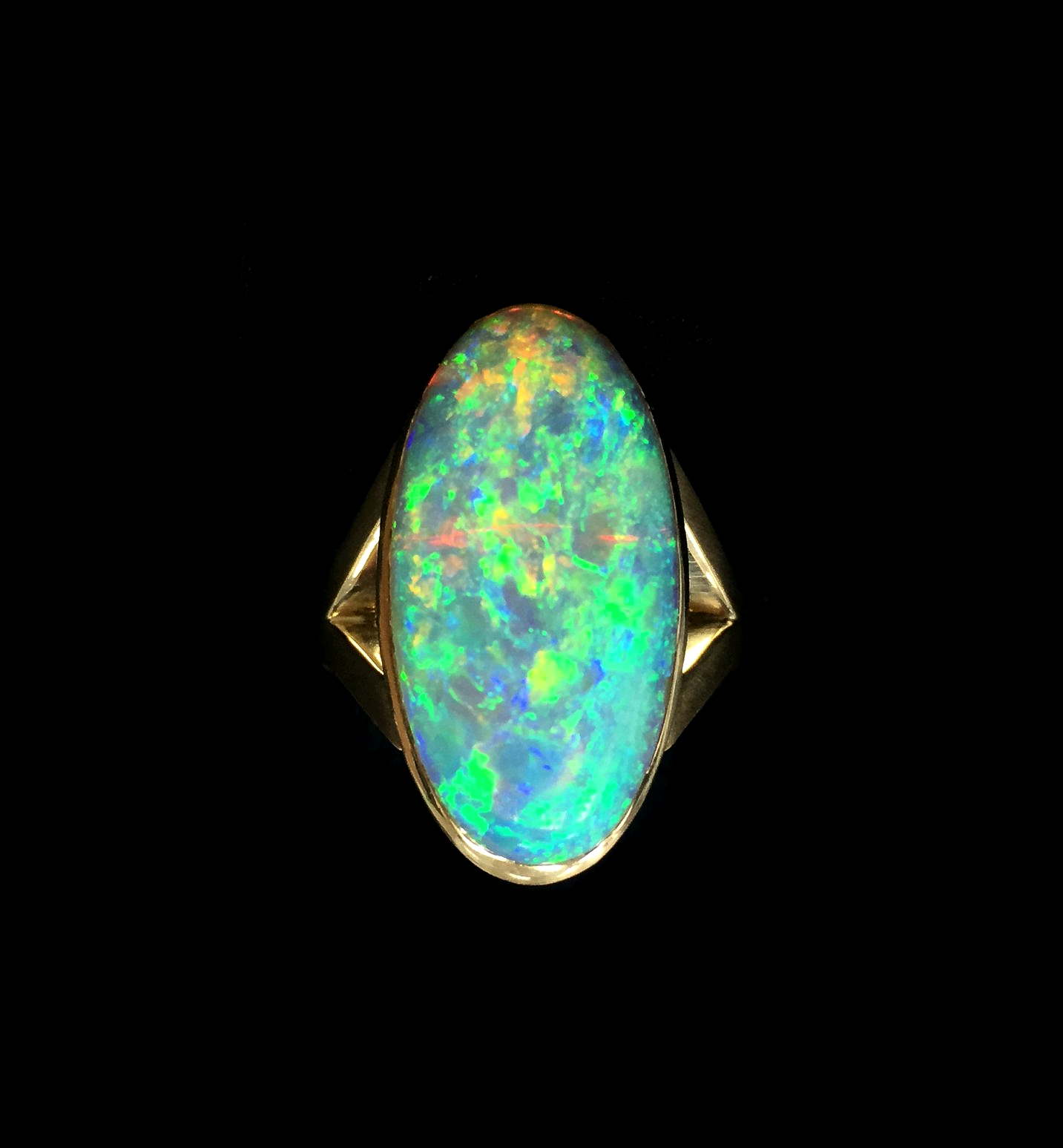OPAL
A fascinating and truly exceptional gemstone
OPAL SPECIALISTS
We specialise in Australian fine quality black, crystal and boulder opal
Our journey began in the opal mining fields of Lightning Ridge, Australia 35 years ago...
1986 and Lightning Ridge was in full swing as a new field the other side of the Coocoran lake had been discovered. One of the first patches was called Allah's rush and overnight fortunes were being made and lost!
Miners from all over the world congregated on this area found approximately 20 Kilometres to the east of the town and a patch or "Rush" often named after the opal miner that initially found them bore outlandish names such as Dead Bird, T bone, Magpie, Three tree's, Beno's , Kellie's, Molyneux, Norway and Moonshine but to name a few!
The "In town" fields were largely left and sealed as opal seemed to be being found in larger quantities the other side of the lake. "In town" or "Old mine" fields also bore names such as "Lunatic Hill", Potch Point, Frying Pan, 3 mile, Beckets 6 mile, Shearer's 6 mile plus many more.
Many people (and I included ) still feel however that the best and most red and blackest opal came from these fields.
You could hear French, Greek, Italian, German, Norwegian, Yugoslav spoken at the two main bars in town and stories of incredible finds and record prices were constantly discussed over large quantities of cold beer and the odd whiskey chaser.
This was a great time to be in Lightning Ridge and just so happened to be when I arrived!
